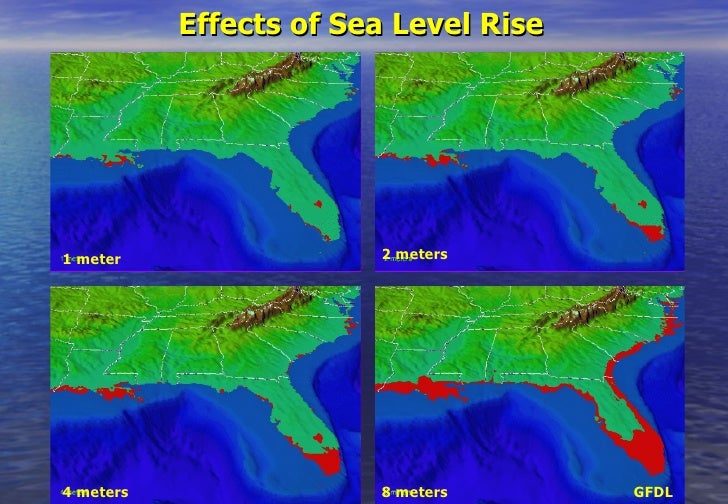
Heat-trapping Gases Broke Records in 2018
Last year said to be fourth-warmest since 1800s and sea levels the highest on record
WASHINGTON (August 13, 2019) — The gases heating the planet at higher levels in 2018 than humans have ever recorded, according to an authoritative report published by the American Meteorological Society and compiled by the US government.
Greenhouse gases were at levels unseen in 60 years of modern measurements and 800,000 years of ice core data, the study found. The data used in the 325-page report was collected from more than 470 scientists in 60 countries.
The global annual average for carbon dioxide, which is elevated because of human activities such as driving cars and burning fuel, was 407.4 parts per million, 2.4 ppm higher than in 2017. The warming influence of CO2 and other gases in the atmosphere is now nearly 43% stronger than in 1990.
2018 was the fourth warmest year since the mid-to-late 1800s. Temperatures were 0.3C to 0.4C higher than the average between 1981 and 2010. Only 2015, 2016, and 2017 were hotter.
Sea levels were the highest on record, and sea surface temperatures were also near a record high.
The National Oceanic and Atmospheric Administration said the report “found that the major indicators of climate change continued to reflect trends consistent with a warming planet”.
The extent of Arctic and Antarctic sea ice was near a record low, and glaciers continued to melt and lose mass for the 30th year in a row. Mexico reported its third warmest year in its 48-year record, and Alaska reported its second warmest in its 94-year record. Australia had its third warmest year since 1910, with a rapidly intensifying and expanding drought and significant fires.

Europe experienced its second warmest year since at least 1950. Several countries set or came close to temperature records, including Bosnia and Herzegovina, Croatia, France, Greece, Italy and Serbia, Sweden recorded its highest ever monthly temperature of 22.5C in Stockholm in July, and France experienced a heatwave with temperatures above 40C in late July and early August.
Lithuania and Latvia declared states of emergency in response to severe heat and drought. . In Sweden and Greece there were unprecedented wildfires. Low water levels in the Rhine and Danube made it harder to transport goods and run power plants.
Despite huge wildfires in the Arctic and the US recently, fire activity globally was the lowest on record in 2018, the result of humans have turned grasslands that have burned into agricultural areas.
Hawaii saw a new US record for precipitation over 24 hours, at 1,262 mm at Waipā Gardens in Kauai, and India set a new world record for three-day rainfall of 710.2 mm in Iduki district.
There were 14 weather and climate events in the US that each caused more than $1bn in damage, the fourth highest figure since records began in 1980. Hurricane Michael was the fourth strongest storm to ever hit the continental US, killing more than 30 people and causing between $15bn and $20bn in damages.
There was also a record number of Category 5 storms in the tropics, where 11 were recorded. Super typhoon Mangkhut killed 160 people and caused $6bn in damages in the western North Pacific, and tropical storm Son-Tinh killed 170 in Vietnam and Laos.
The Caribbean suffered coral bleaching and South America experienced seven extreme snowfall events.
Posted in accordance with Title 17, Section 107, US Code, for noncommercial, educational purposes.